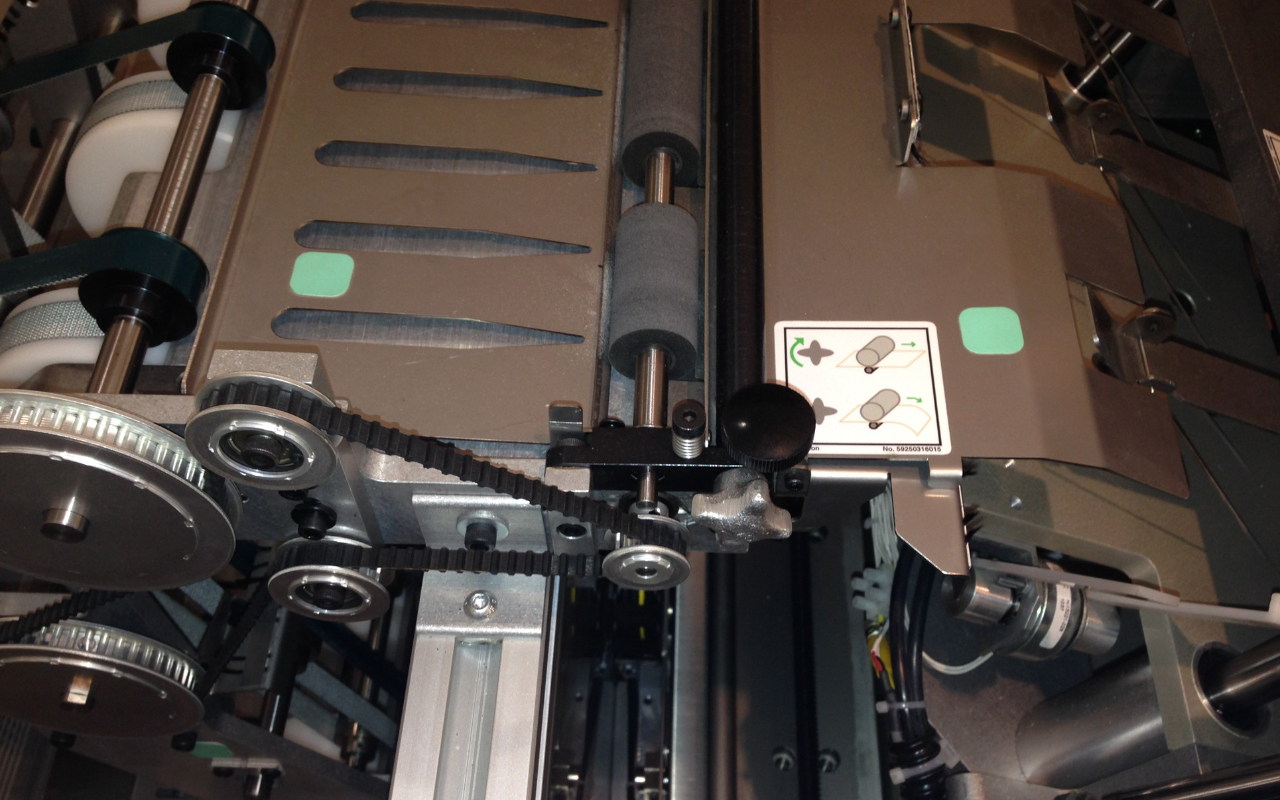High-efficiency ball milling plays a vital role in a variety of industrial processes, from the production of advanced materials to the refining of raw materials. The use of permanent magnet synchronous motors (PMSMs) in ball milling applications has emerged as a promising approach to achieving higher efficiency and precise control of the milling process. We will discuss the likely impact this technology could have with regard to enhanced productivity and energy efficiency. Taking advantage of the potentialities offered by PMSMs, our purpose is to satisfy the high demand for enhanced resource-saving and eco-friendly grinding in very extensive industry spectra.

A permanent magnet synchronous motor relies on the principle of interaction between magnetic fields created by the stator and rotor. In a PMSM, the stator consists of a fixed set of magnets that develop a rotating magnetic field when provided with a three-phase alternating current. The rotor in the case of PMSM consists of permanent magnets aligned in a specific pattern, hence producing a magnetic field which, when interacting with the rotor’s field, makes it rotate and produce mechanical energy.
Another advantage of PMSMs is the capability for synchronous operation-simply, the rotor is moving in step with the rotating magnetic field which is developed in the stator. Thus, synchronism therefore results in the loss of slippage. Efficiency is therefore increased. The frequency and magnitude of stator winding voltage can also be controlled in PMSM. This allows for precise speed control. These features make PMSMs ideal for ball milling applications where high accuracy and efficiency are crucial to achieving optimum results. Using the unique capabilities of the PMSM, industries can enhance the performance of their grinding processes to improve product quality, increase productivity, and reduce energy consumption.
Application of PMSM in the process of ball milling offers the following advantages:
High Efficiency:
PMSMs are high-efficiency motors since they can be operated synchronously. Other motors such as induction motors are subject to slip; therefore, some amount of energy is dissipated out of that consumed. PMSMs do not experience slip since their rotor speed is synchronized with the rotating magnetic field created by the stator. This will lead to less energy dissipation, hence the milling process is effective. Industries can save a lot of energy with increased efficiency, which means reduced operation costs and a more sustainable way of grinding.
Precise speed control:
Ball milling applications require precise speed control for effective grinding and refinement of materials. The PMSM has excellent speed control, allowing the operator to precisely regulate the speed. The speed of the mill can be precisely controlled by varying the frequency and amplitude of voltage input to the stator windings. The precision control allows for fine-tuning in the grinding process, hence achieving the best particle size distribution and desired material properties accordingly. Besides, the PMSM gives excellent torque control that allows stability during grinding. This, in turn, provides proper control over the grinding operation.
Enhanced performance:
The integration of the PMSM in the ball milling process significantly improves the overall performances. Precise speed control by PMSM allows better control of grinding dynamics, hence a better quality of the product. In addition, the PMSM maintains constant rotational speed and hence uniform grind with less variation in particle size distribution. This uniformity increases the homogeneity of the final product, and its quality will enable it to be used in a wide range of applications such as pharmaceuticals, ceramics, and chemical synthesis.
Reduced maintenance:
Regarding the operational issues, PMSMs require less maintenance than conventional motors. The absence of brushes and commutators eliminates regular maintenance, such as replacing brushes and cleaning of commutators. This reduces the possibility of any downtime, thereby increasing the availability of plant equipment since plants perform very critical operations in a ball milling process.
Integration with automation systems:
It would be very easy to incorporate PMSMs into automation systems for the improvement of process control and monitoring. With advanced control systems, operators can monitor real-time parameters of motor temperature, vibration, and power consumption. Thus, in case of deviation from optimal conditions, it will be detected in time to make sure proactive maintenance is carried out to ensure efficient and safe operation.
The advantages of permanent magnet synchronous motors in ball mills are improvement in product quality, increased productivity, and significant energy savings. Applications of PMSMs in the ball milling process will enable industries to have sustainable operations with efficiency, while meeting the demand for high-quality products.
PMSMs prove superior to conventional motors for ball milling applications. Some of the advantages include high efficiency, appropriate speed control, low maintenance, reliability, and effective interface with automation systems, among others, which collectively improve operational efficiency and cost-effectiveness.
PMSMs operate at synchronized speeds without slip losses, and their high efficiency implies that much energy is saved for a wide variety of industries. This not only cuts operating costs but also meets sustainability goals and environmental requirements. Furthermore, the ability of the PMSM to control precise speeds allows operators to achieve optimal grinding and material refinement, hence improved product quality and consistency.
By the nature of being brushless, PMSM requires much lesser maintenance compared to conventional motors. This essentially means reduced downtimes, increased availability of equipment, and operations of uninterrupted ball mills. Further, the PMSM excludes quick-wearing service life and frequent repairs or replacements due to the brushes because of increased robustness.

The PMSM is well integrated with automation systems to provide advanced process control and real-time monitoring. It means that operators can monitor the motor parameters closely for proactive maintenance and maximum operational safety. On the other hand, conventional motors are usually not that well integrated, and hence problems become difficult to identify in a timely and efficient manner.
While the initial cost of PMSM is higher, it is offset by long-term savings. Increased energy efficiency, higher maintenance costs, longer useful life, and greater process control add up to the overall cost-effectiveness of PMSMs in ball milling applications.